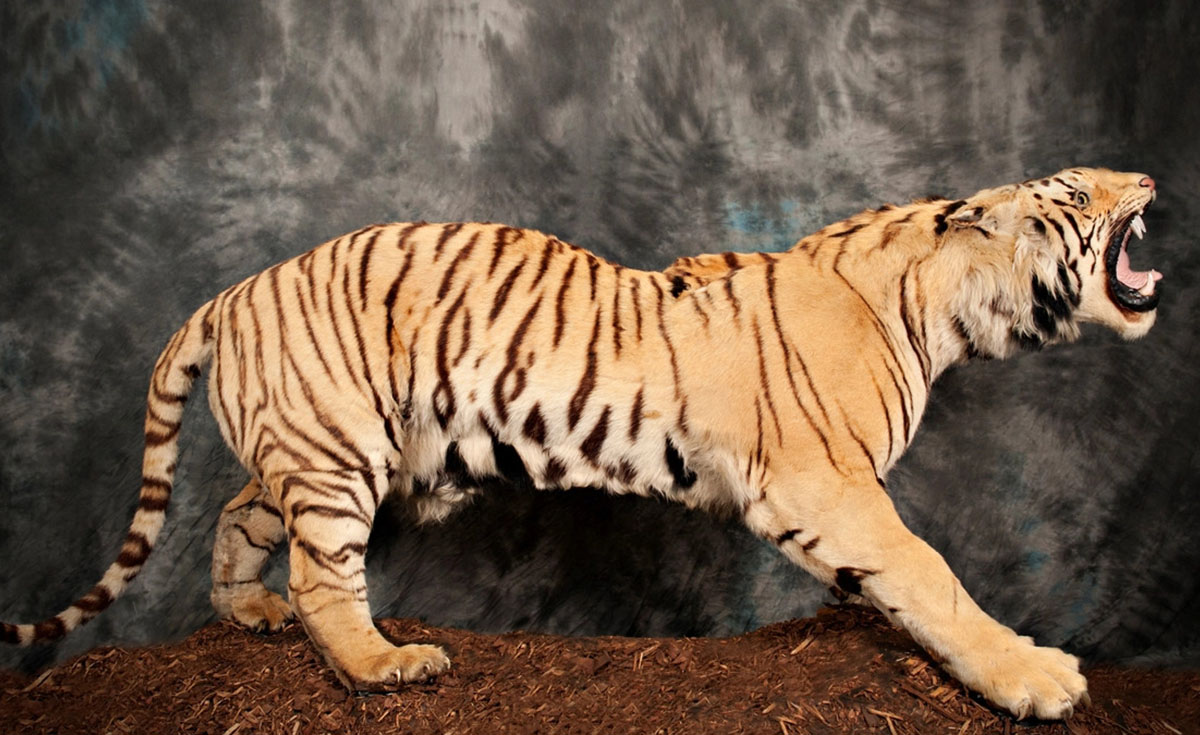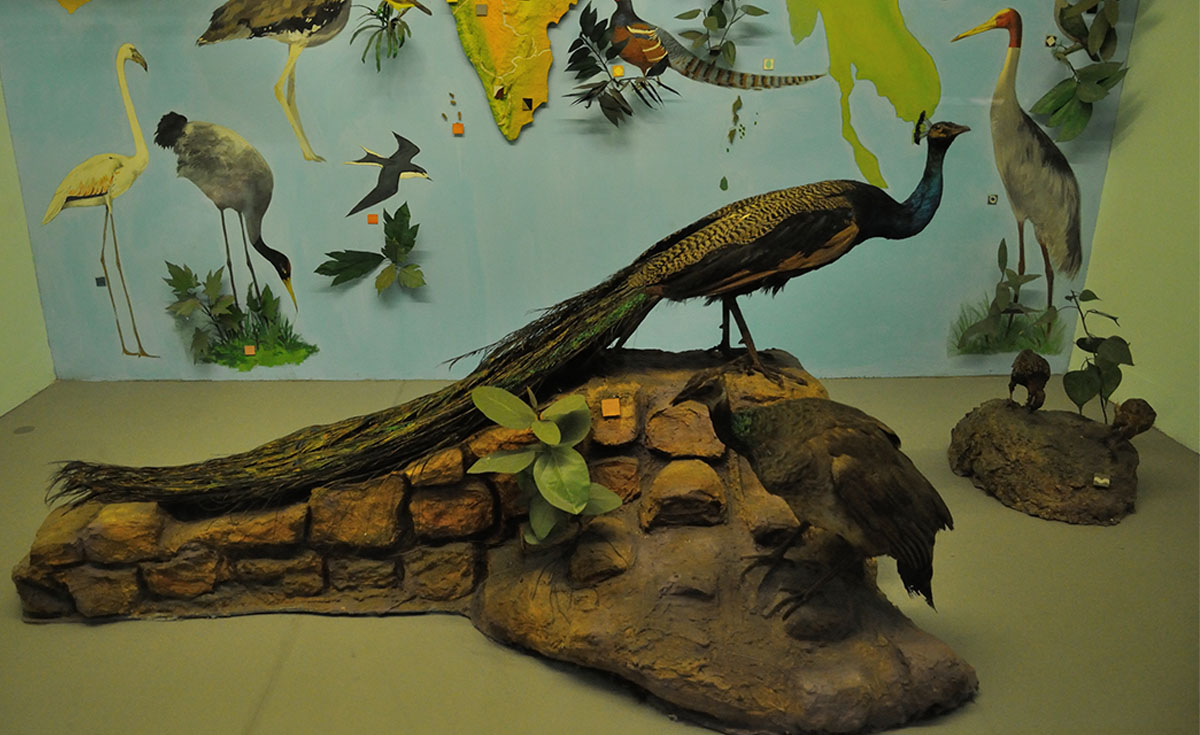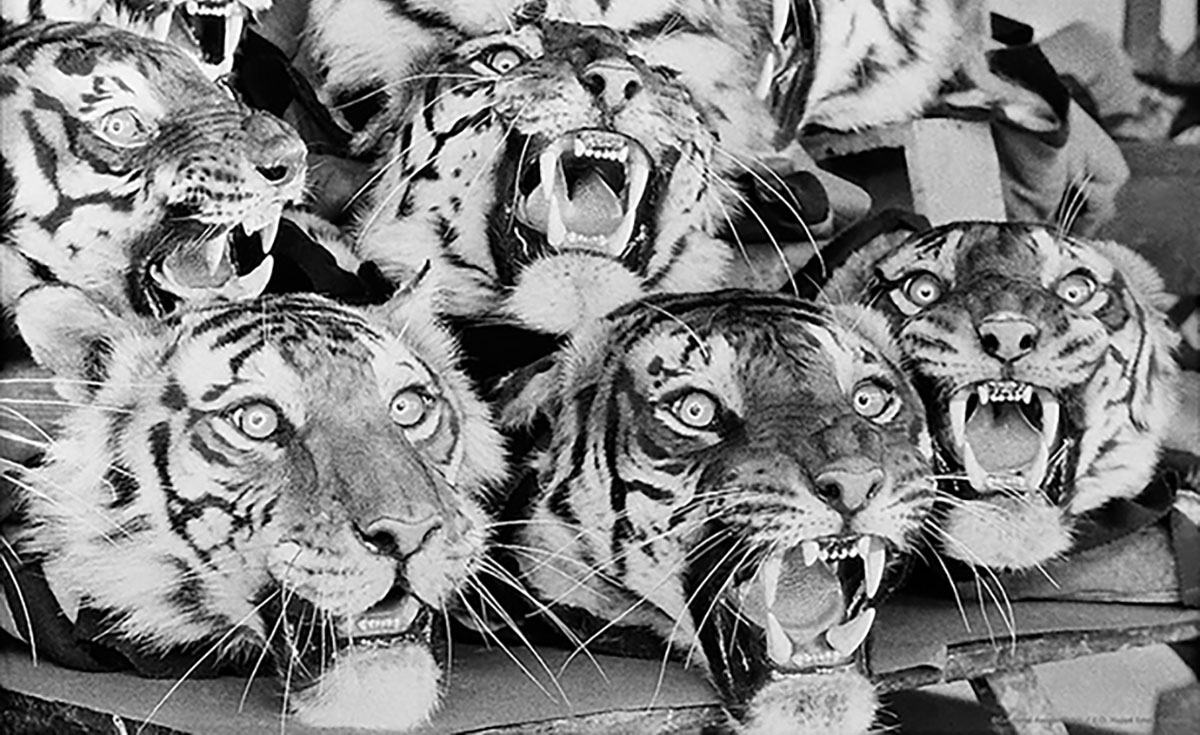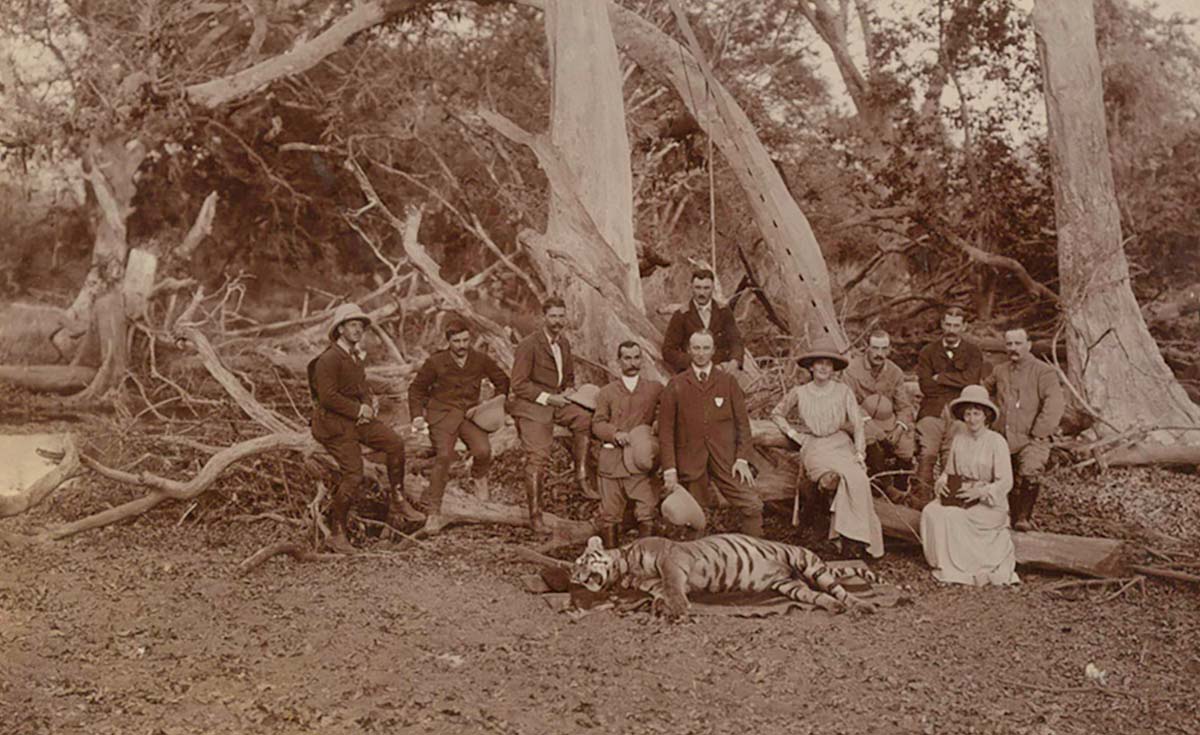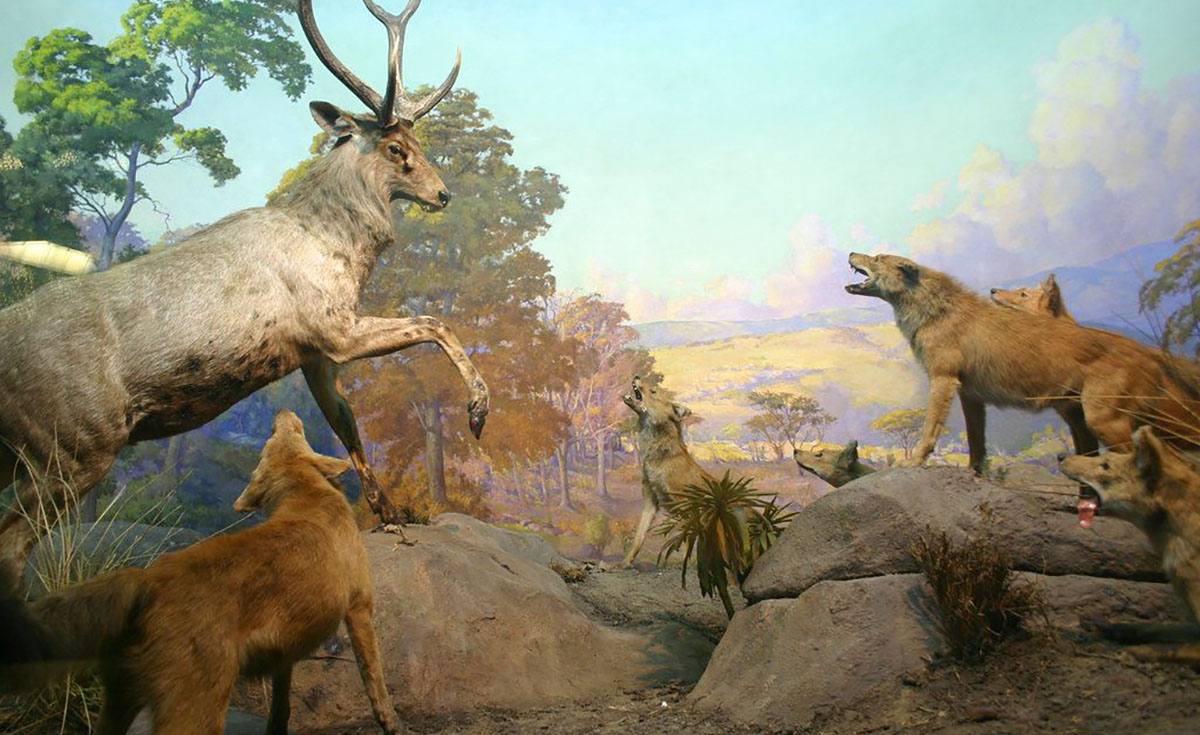PERSPECTIVES
Taxidermy, Beyond the Narrative of Trophy-Hunting
From pelts and heads of animals being displayed in trophy rooms of palaces to museum dioramas of animals recreated in their natural settings, taxidermy has been used as a symbol of heroism and might, and as a pedagogical tool.
Taxidermy is the art of creating lifelike representations of animals using only their skin, feathers, scales or fur and mounting it on supporting structures. The flesh, organs and bones are removed and only the outer covering, which is treated chemically, is sewn or glued onto a mount. This practice draws on the skills of painting, sculpture, model-making and deep knowledge of animal anatomy.
The trophy — a specimen of an animal killed in a hunt — is perhaps the most visible representation of taxidermy in India, symbolising the popularity of hunting for sport in the region from the late-19th century to the mid-20th century. Hunting for sport had predated the arrival of colonial rule in India and was always imbued with meanings related to displays of personal traits, authority and dominance. In the British era, these were magnified and reinforced by visual imagery seen in photographs of British officials on hunts and the installation of taxidermy specimens in colonial structures. The rulers of princely states in India were also avid hunters and, apart from building their own trophy collections, used access to forests within their territories as tools of political negotiation.
In this period, two private taxidermy firms were renowned for their skill in creating quality trophy specimens. The Theobald Brothers and Van Ingen & Van Ingen firms in Mysore (now Mysuru, Karnataka) were considered the premier taxidermists of the country, with Van Ingen & Van Ingen specifically advertising itself as specialist tiger taxidermists. The firms received commissions from all around the world, and their clientele included royalty from the region and overseas, as well as British civilians and officials from all parts of the subcontinent.
Some indication of how prevalent trophy-hunting, particularly of large felines, was in the early decades of the 20th century can be gauged by Van Ingen & Van Ingen’s order books, which state the firm annually processed 400–500 tiger specimens annually from the 1920s to the 1950s. The demand drove the work to resemble an assembly-line like structure belonging to factory spaces. Within this structure too, the artists were required to be equipped with skills to prepare papier-mache moulds, and clay models and give final touches like the painting of the glass eyes. India banned hunting for sport and trophies in the 1970s, and as a result, the colonial taxidermist firms declined and eventually wound down.
When seen from a contemporary lens, taxidermy trophies of the era symbolise a cruel practice with a devastating ecological impact. However, the trophy specimens — particularly from the two firms — continue to have value as niche collectables, gaining another layer of meaning in their new displays and forcing one to ponder on the ethics of certain aesthetics.
Taxidermy as a scientific pedagogical tool sits flush with this uneasy history of trophy-making. Important to scientific research and public education, taxidermy specimens in institute collections allow researchers to study evolutionary changes and the lives and habitats of animals. In places like natural history museums, the specimens familiarise audiences with rare and common species. This is why the loss of the National Museum of Natural History’s collection, which included rare taxidermy specimens, to a fire in 2016 was seen as an acute loss. With the requisite laws on hunting for sport, taxidermy practices in the country are now used to preserve the skins of animals who have died of accidents or natural causes. Even as the practice of trophy-hunting has died out, taxidermy in public science retains relevance, which is why the decline of the practice in India is seen with some worry by experts and institutions.
Bibliography
Bhalerao, Sanjana. “Stuffed animals of a different kind: ‘Taxidermy not only for museums but for research too.’” Indian Express, May 26, 2019. https://indianexpress.com/article/cities/mumbai/stuffed-animals-of-a-different-kind-taxidermy-not-only-for-museums-but-for-research-too-5748528/
Ellison, Bernard C. HRH The Prince of Wales’s Sport in India. London: William Heinemann, 1925.
Gaikwad, Santosh. “How I Became India’s Only Wildlife Taxidermist.” Open, February 22, 2013. https://openthemagazine.com/essays/true-life/how-i-became-indias-only-wildlife-taxidermist/
Hughes, Julie E. Animal Kingdoms: Hunting, the Environment, and Power in the Indian Princely States. Ranikhet: Permanent Black, 2013.
Khan, Alifiya. “Delhi museum blaze: Ex-senior curator recalls its priceless collection, now lost forever.” Indian Express, April 28, 2016. https://indianexpress.com/article/cities/pune/ficci-fire-delhi-museum-blaze-ex-senior-curator-recalls-its-priceless-collection-now-lost-forever-2773399/
Kushala, S. “Touch them not.” Bangalore Mirror, March 20, 2013. https://bangaloremirror.indiatimes.com/bangalore/cover-story/touch-them-not/articleshow/21215865.cms?utm_source=contentofinterest&utm_medium=text&utm_campaign=cppst
Morris, P.A., and M.J. Morris. “Evidence of the Former Abundance of Tigers (Panthera tigris) and Leopards (Panthera pardus) from the Taxidermy Ledgers of Van Ingen & Van Ingen, Mysore.” Archives of Natural History 36, no. 1 (2009): 53–62.
Purcell, Hugh. After the Raj: The Last Stayers-on and the Legacy of British India. Gloucestershire: The History Press, 2011.
Sayeed, Vikhar Ahmed. “Stuff of Legends.” Frontline, May 3, 2013. https://frontline.thehindu.com/environment/conservation/stuff-of-legends/article4622982.ece
Singh, Radhika. “Still Life: The Art of Stuffing and Mounting Animals.” Indian Express, December 27, 2015. https://indianexpress.com/article/lifestyle/life-style/still-life-the-art-of-stuffing-and-mounting-animals/
Stephens, Russell. “Extinct?—An Art Intervention by Ravi Agarwal in Delhi.” Art Journal 77, no. 2 (2018): 28–51. http://www.jstor.org/stable/45142794.
Vaswami, Anjana. “Bruno forever.” Mumbai Mirror, July 29, 2018. https://mumbaimirror.indiatimes.com/others/sunday-read/small-talk-music-that-makes-you-smile/articleshow/65182055.cms




